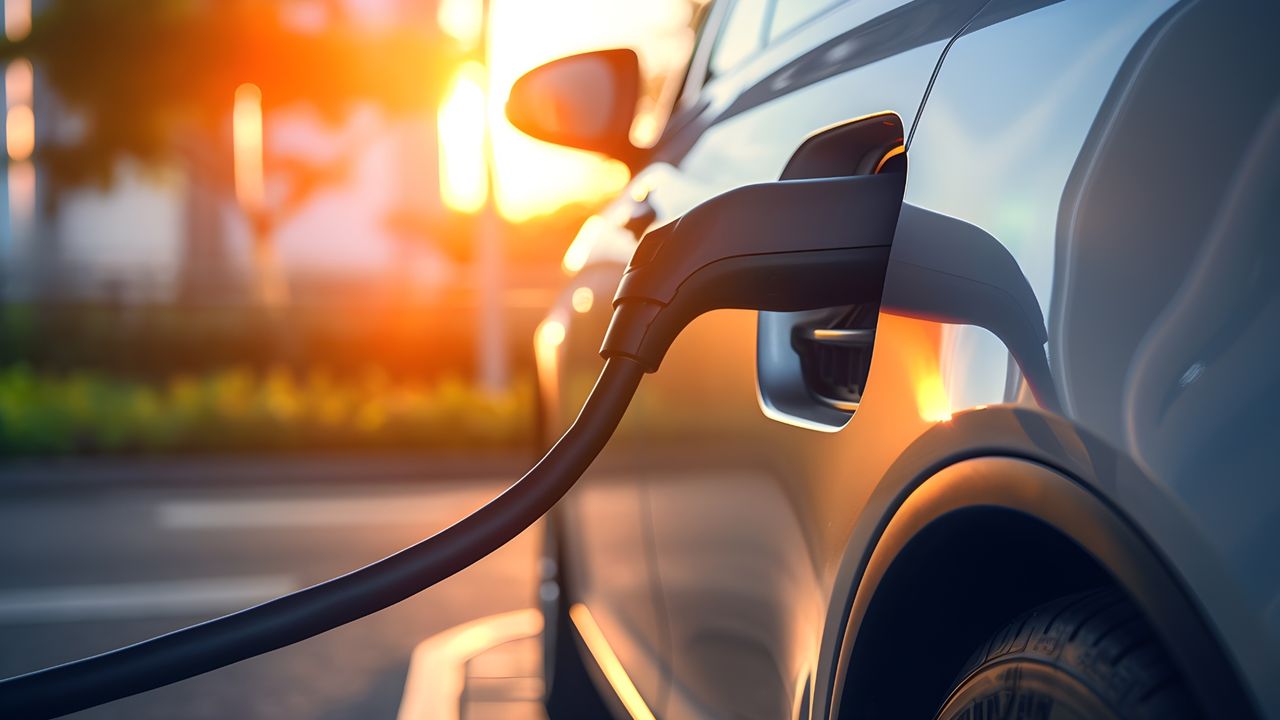Electric Car Conversions and Retrofitting: Enhancing Performance and Sustainability
Electric vehicles (EVs) have gained significant popularity in recent years due to their environmental benefits and potential cost savings. However, not everyone can afford to buy a brand new electric car. That’s where electric car conversions and retrofitting come into play. These processes allow you to transform your existing gasoline-powered vehicle into an electric one, offering a greener and more sustainable alternative. In this article, we will explore the concepts of battery retrofit, range extensions, and conversion costs.
Battery Retrofit: Powering Your Vehicle with Electricity
A crucial aspect of electric car conversions is the battery retrofit. The heart of any electric vehicle is its battery pack, which stores and provides energy to propel the vehicle. Retrofitting involves removing the internal combustion engine and replacing it with an electric motor and a battery pack.
When retrofitting a vehicle, it is essential to choose the right battery pack. Factors such as energy capacity, weight, and size should be considered to ensure optimal performance. Lithium-ion batteries are commonly used due to their high energy density and longer lifespan. However, other battery technologies like nickel-metal hydride (NiMH) or even lead-acid can be viable options depending on the specific requirements and budget.
Range Extensions: Going the Extra Mile
One common concern with electric vehicles is their limited range compared to traditional gasoline-powered cars. However, range extensions can address this issue. By adding extra battery packs or upgrading the existing ones, you can increase the range of your converted electric vehicle.
The range extension depends on factors such as the capacity of the additional battery packs, the efficiency of the vehicle, and driving conditions. With advancements in battery technology, it is now possible to achieve ranges comparable to some new electric cars on the market.
Conversion Cost: A Cost-Effective Alternative
One of the main advantages of electric car conversions is their cost-effectiveness compared to purchasing a new electric vehicle. While the conversion cost varies depending on several factors, it is generally more affordable than buying a brand new electric car.
The conversion cost includes the price of the electric motor, battery pack, controller, charger, and other necessary components. Additionally, labor costs for the conversion process should be considered. It is recommended to consult with experienced professionals or conversion kit providers to get accurate cost estimates.
Moreover, converting an existing vehicle into an electric one also avoids the environmental impact associated with manufacturing a new car. By repurposing and reusing an already existing vehicle, you contribute to reducing carbon emissions and waste.
In Conclusion
Electric car conversions and retrofitting offer a sustainable and cost-effective alternative for those who want to embrace electric mobility without purchasing a new vehicle. Battery retrofit, range extensions, and conversion costs are essential factors to consider when undertaking such a project. By opting for electric car conversions, you not only reduce your carbon footprint but also extend the life of your existing vehicle, making it a win-win situation for both your wallet and the environment.
